Mar 13,2025●Industry News●By: Gugao Intelligent Equipment Co.,Ltd
Computer Numerical Control (CNC) milling machines are precision tools used to fabricate complex parts and components in various industries. Utilizing computer programming to control the movement of cutting tools, CNC milling machines have revolutionized manufacturing by providing consistent accuracy, repeatability, and efficiency. This article explores what a CNC milling machine is, its various uses, the axes of motion that govern its operation, and the numerous benefits it offers.
A CNC milling machine is a type of automated tool that uses computer-controlled movements to remove material from a workpiece. Unlike manual milling machines, CNC machines follow a set of programmed instructions, allowing for high precision and complex geometries. These machines are fundamental in producing parts for aerospace, automotive, medical, and industrial applications, where accuracy and repeatability are paramount.
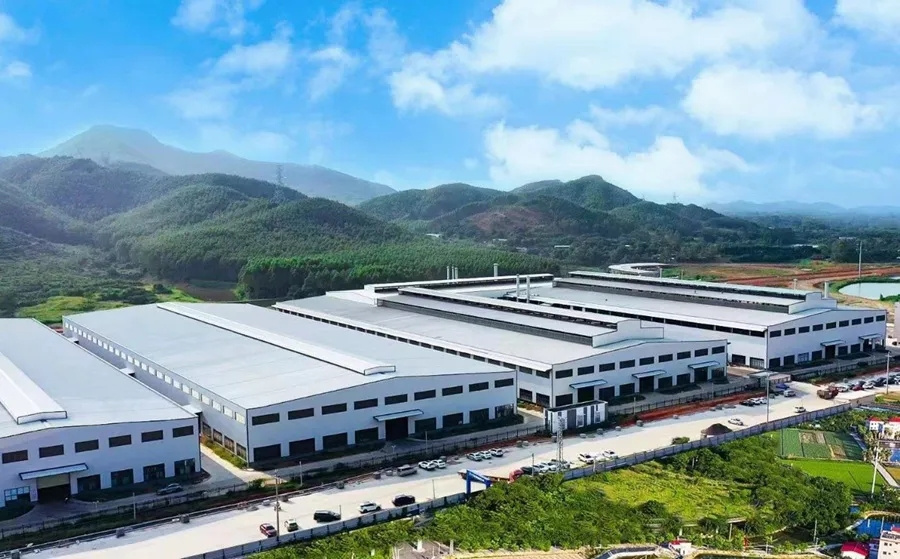
CNC milling machines are employed in a wide range of applications:
Prototype Development: Rapid creation of prototypes allows engineers to test and refine designs.
Production Parts: High-volume manufacturing of parts with intricate designs and tight tolerances.
Custom Fabrication: Unique and customized components for industries such as aerospace and automotive.
Tooling and Dies: Production of precise tools, molds, and dies used in various manufacturing processes.
Repair and Maintenance: Creating replacement parts for machinery and industrial equipment.
The flexibility and accuracy of CNC milling make it a preferred choice for both one-off projects and mass production runs.
A typical CNC milling machine operates on multiple axes, which define the directions in which the cutting tool can move:
X-Axis: Moves the tool horizontally from left to right.
Y-Axis: Moves the tool horizontally from front to back.
Z-Axis: Controls the vertical movement of the tool.
Additional Axes: Many advanced machines include rotational axes such as A, B, or C, enabling the machining of complex, multidimensional parts.
These axes allow the milling machine to access virtually any point on the workpiece, ensuring intricate shapes and detailed contours can be accurately produced.
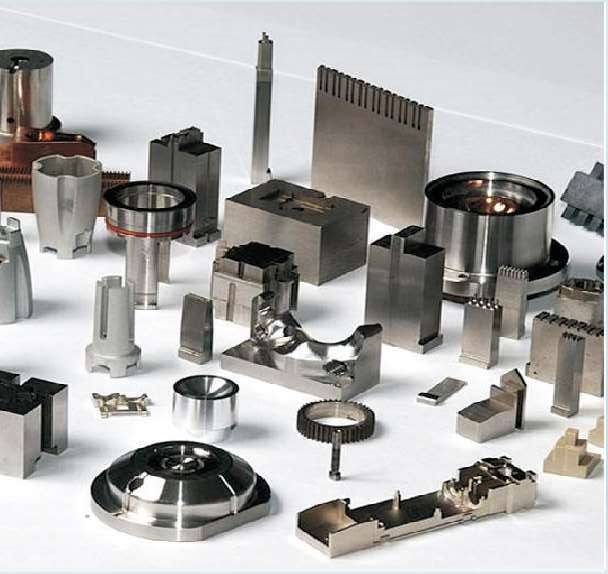
The CNC milling process begins with a computer-aided design (CAD) model that is converted into a computer-aided manufacturing (CAM) program. The CAM software generates a series of instructions—often in the form of G-code—that direct the machine's movements. During operation:
Setup: The workpiece is securely clamped in place, and the cutting tools are loaded.
Execution: The CNC controller interprets the G-code, moving the tool along the defined axes while engaging the material.
Material Removal: As the tool cuts away material layer by layer, the workpiece gradually takes on its final shape.
Finishing: The process may include additional passes for finer finishes, ensuring high surface quality and precise dimensions.
This automation minimizes human error and provides a level of precision that is difficult to achieve manually.
CNC technology brings several key advantages:
Precision and Accuracy: Consistent production of parts within tight tolerances.
Repeatability: Ability to reproduce the same part with minimal deviation over multiple cycles.
Complex Geometries: Capability to create intricate designs that are often unachievable by manual methods.
Efficiency: Reduced production time due to automation and optimized cutting strategies.
Flexibility: Easy reprogramming allows for quick changes in design without the need for extensive retooling.
These benefits make CNC milling indispensable in modern manufacturing, where quality and speed are critical.
Automatic tool changers (ATCs) significantly enhance the productivity of CNC milling machines:
Time Savings: Quick and precise tool changes reduce machine downtime.
Increased Efficiency: Multiple tools can be used in a single setup, allowing for complex machining operations without manual intervention.
Consistency: Automation ensures that each tool is correctly positioned, reducing the chance of human error.
Cost Reduction: Minimizes labor costs and increases overall production throughput.
By streamlining tool management, ATCs contribute to higher productivity and improved part quality.
Proper workpiece holding is crucial for CNC milling:
Stability: Secure clamping prevents movement during the cutting process, which is vital for accuracy.
Safety: Firmly held workpieces reduce the risk of accidents and tool damage.
Precision: Consistent holding methods ensure that the workpiece remains aligned with the machine's axes, leading to superior part quality.
Versatility: Various fixtures, vises, and clamps can be used to accommodate different shapes and sizes, enabling a wide range of applications.
Effective workpiece holding is a key factor in achieving the high standards required in precision machining.
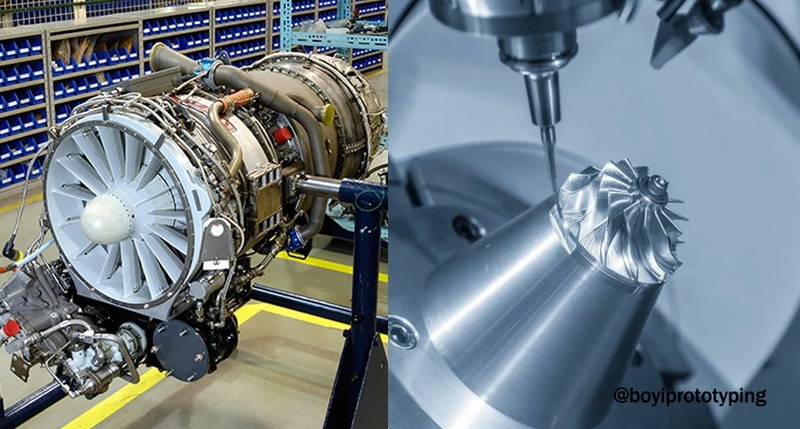
CNC milling enhances part quality in several ways:
High Precision: Automated controls ensure that parts are produced with exact dimensions.
Repeatable Results: Once a program is perfected, every part will be virtually identical, maintaining quality across large production runs.
Reduced Human Error: Automation minimizes mistakes common in manual operations.
Optimized Cutting Paths: Advanced software calculates the most efficient routes, reducing tool wear and improving surface finish.
The integration of these factors results in parts that meet or exceed stringent industry standards.
In summary, the CNC milling process offers numerous benefits:
Versatility: Ability to machine a wide range of materials including metals, plastics, and composites.
Efficiency: High-speed production with minimal manual intervention.
Cost-Effectiveness: Reduced labor and material waste contribute to lower production costs.
Enhanced Design Freedom: Capability to produce complex geometries that allow for innovative product designs.
Improved Quality: Consistent quality and superior surface finishes make CNC milling a cornerstone of modern manufacturing.
By leveraging the power of automation and computer control, CNC milling machines continue to push the boundaries of what is possible in precision engineering and manufacturing.
CNC milling machines are a vital asset in the toolkit of modern manufacturing, enabling the production of high-quality parts with unmatched precision and efficiency. Whether for prototyping, production, or custom fabrication, understanding the workings and benefits of these machines is essential for engineers, manufacturers, and businesses looking to stay competitive in today’s fast-paced market.
We sell all kinds of 3-axis, 4-axis and 5-axis CNC CNC machine tools with factory in China.
We are manufacturer of CNC machining centers and are now recruiting agents worldwide.
If you are interested, you can leave your e-mail, we will give you a detailed introduction to the product.
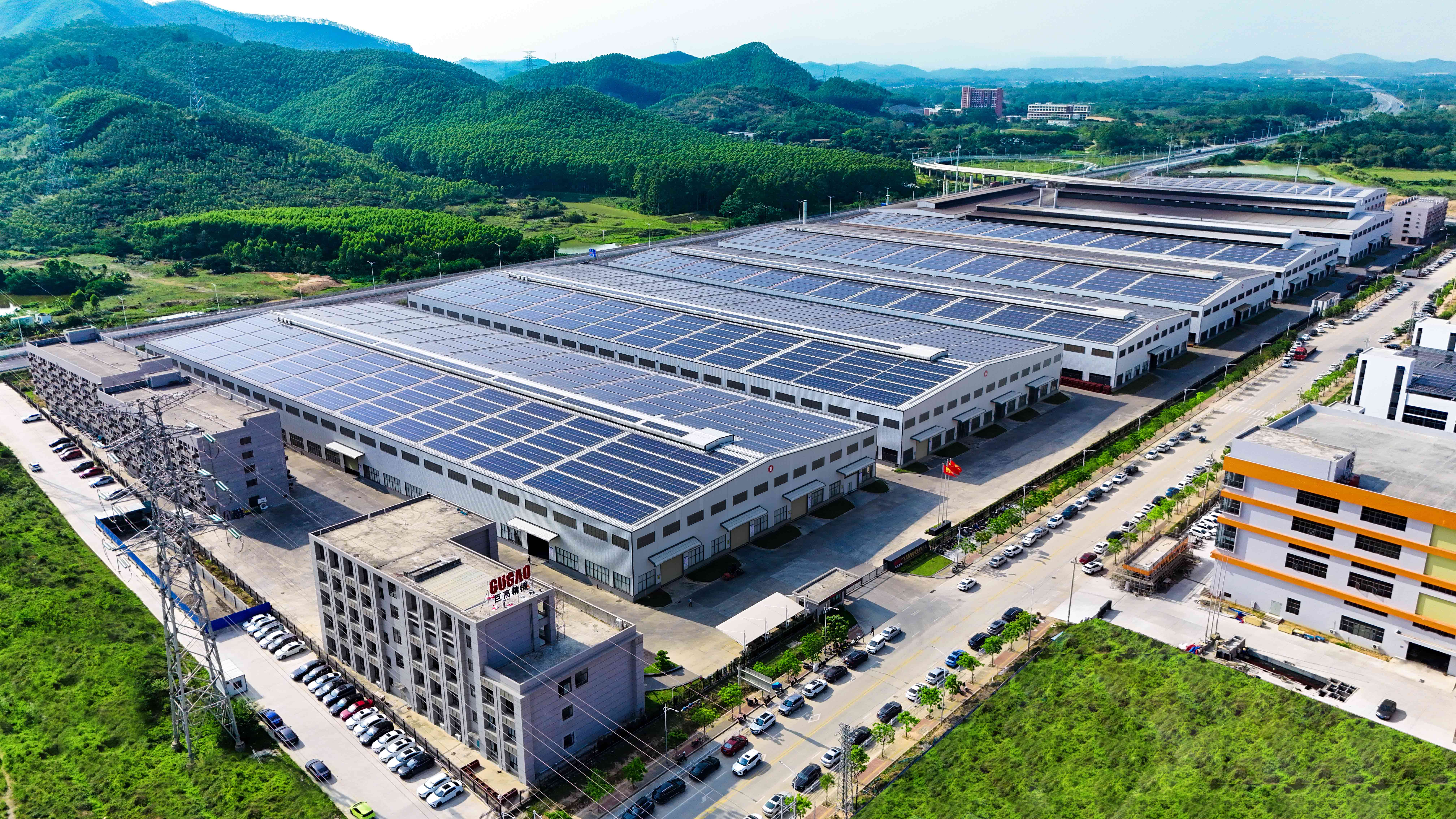
Apr 09,2025 Company News
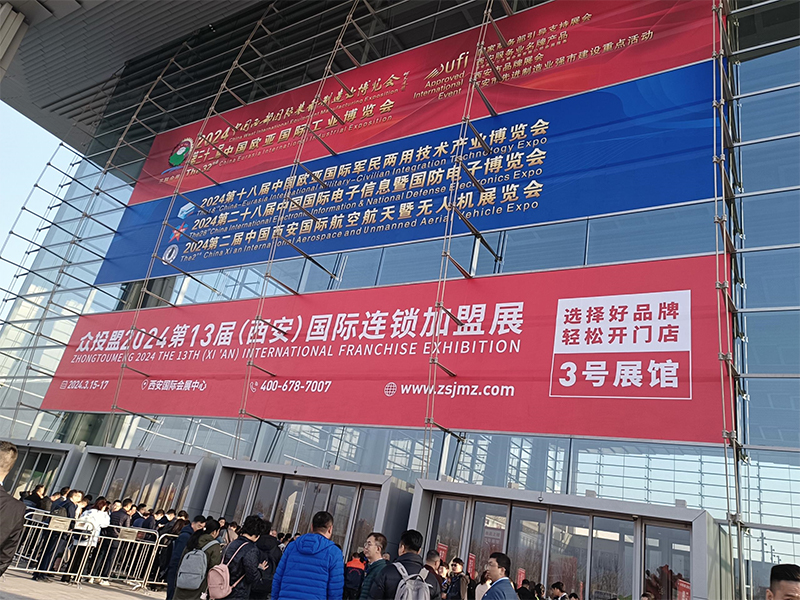
Jan 15,2025 Company News
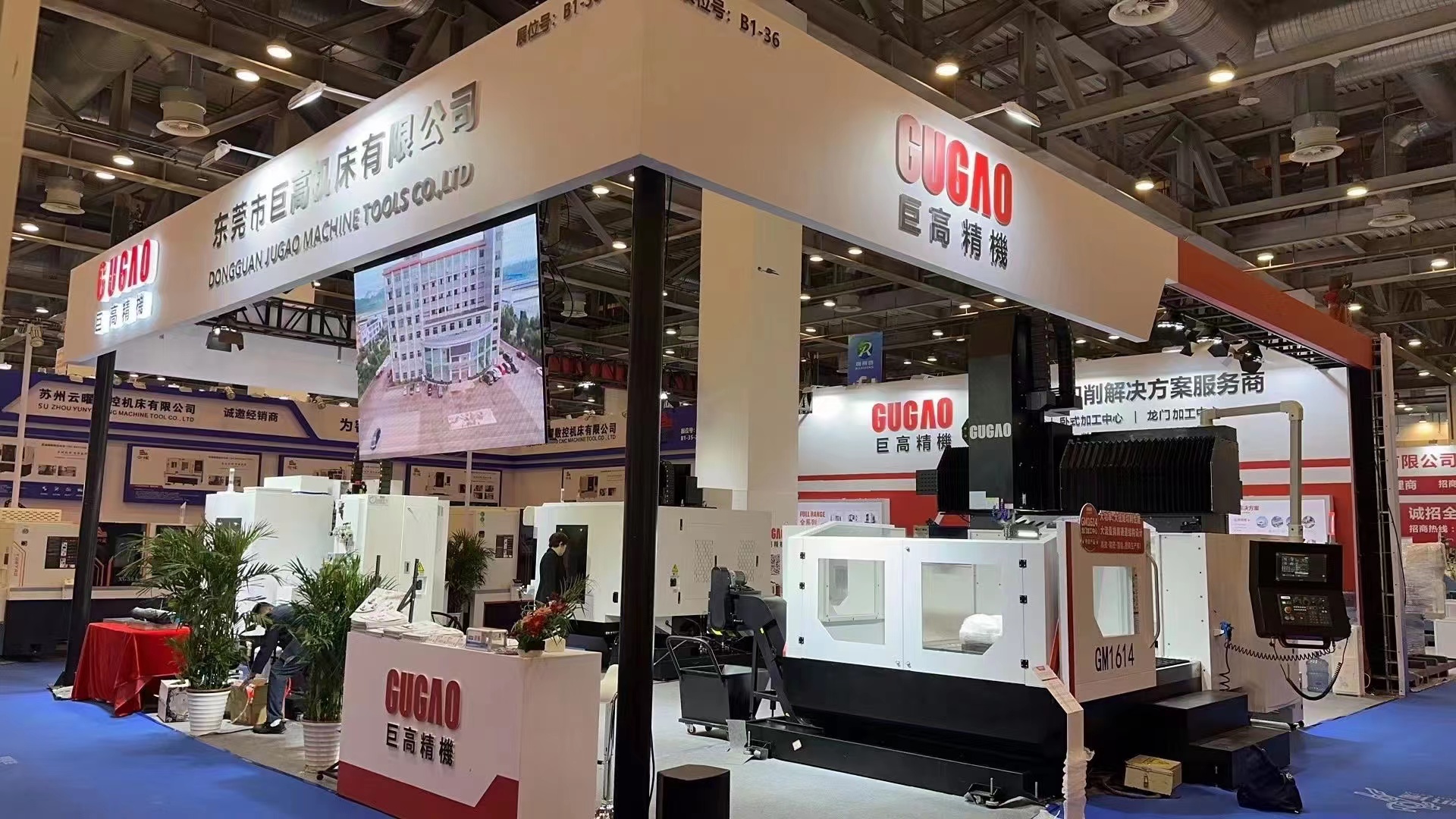
Jan 14,2025 Company News

Hi! Welcome back.
How are you doing?

High-end intelligent equipment overall solution provider
+86 138-0962-2930
No. 772, Meijing West Road, Dalang Town, Dongguan, China